![]()
With the announcement of the OM SYSTEM OM-1 Mark II and the M.ZUIKO DIGITAL ED 150-600 F5.0-6.3 IS Lens, wildlife images has by no means been extra accessible. Skilled wildlife photographer Andy Rouse just lately used each on a wildlife safari within the Masai Mara, and he shares solely with PetaPixel his favourite photographs and preliminary impressions of the equipment’s wildlife efficiency.
Full disclosure: This text was delivered to you by OM SYSTEM Cameras
At a Look
With drastically improved autofocus and picture stabilization, the OM-1 Mark II is a dream digital camera for wildlife fans. Nevertheless, most lenses that carry out effectively sufficient to seize unimaginable telephoto images of wildlife are pricey and out of attain for hobbyists. Enter the M.ZUIKO DIGITAL ED 150-600 F5.0-6.3 IS Lens. “At simply $2,699.99, it’s a unbelievable various to the M.Zuiko Digital ED 150-400mm F4.5 TC1.25X IS PRO,” Rouse says.
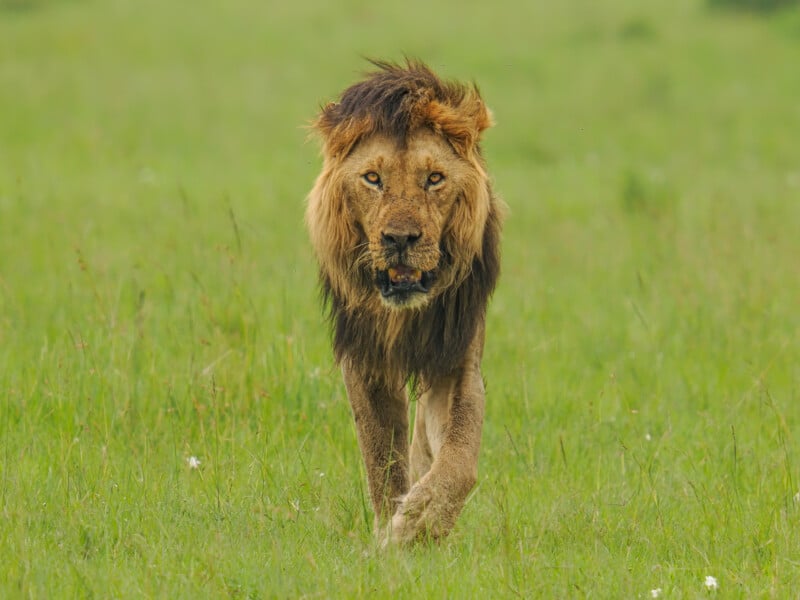
If there may be one factor that Andy Rouse is aware of, it’s easy methods to seize unimaginable images of wildlife, and the very best tools to do it with. In a profession spanning over 25 years, Rouse has received 24 main worldwide awards, been featured on TV and radio reveals, and has judged numerous wildlife images contests. Lately, nonetheless, Rouse primarily focuses on wildlife images schooling, each by way of in-person workshops and on-line by way of his profitable Patreon channel, the place he hosts podcasts and offers e-books, suggestions and methods, and diary entries from the sphere.
In late January, Rouse took the OM SYSTEM OM-1 Mark II and the M.ZUIKO DIGITAL ED 150-600 F5.0-6.3 IS Lens to test on safari, as he led a workshop to Kenya’s Masai Mara and Samburu Nationwide Parks. “Kenya is considered one of my favourite areas on the earth for wildlife images,” Rouse states. “The variety of the animals is unimaginable, and the Keyan landscapes present an amazing backdrop for environmental storytelling.”
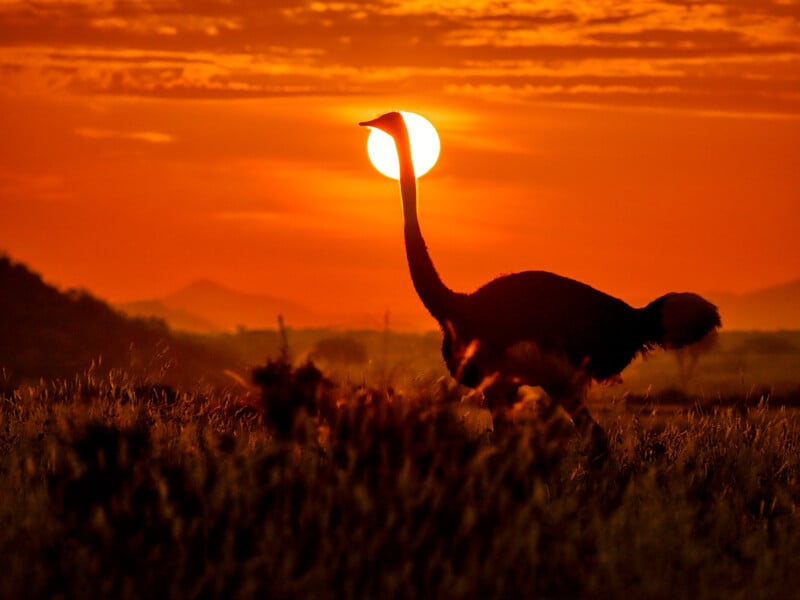
Having returned from his newest images journey, Rouse shared with PetaPixel a few of his favourite images taken with the OM-1 Mark II and the M.ZUIKO DIGITAL ED 150-600 F5.0-6.3 IS Lens, in addition to his preliminary impressions of each.
Autofocus
Correct and highly effective autofocus has at all times been a beneficial instrument for wildlife photographers, and the OM-1 made unimaginable strides by implementing hen and mammal detection. With the OM-1 Mark II, OM SYSTEM explains how the autofocus has been improved.
“The AI Detection AF, developed utilizing deep studying applied sciences, acknowledges a large spectrum of topics, together with birds, animals, vehicles, and extra, now consists of people, enhancing autofocusing for distinctive readability, even underneath probably the most difficult situations.”
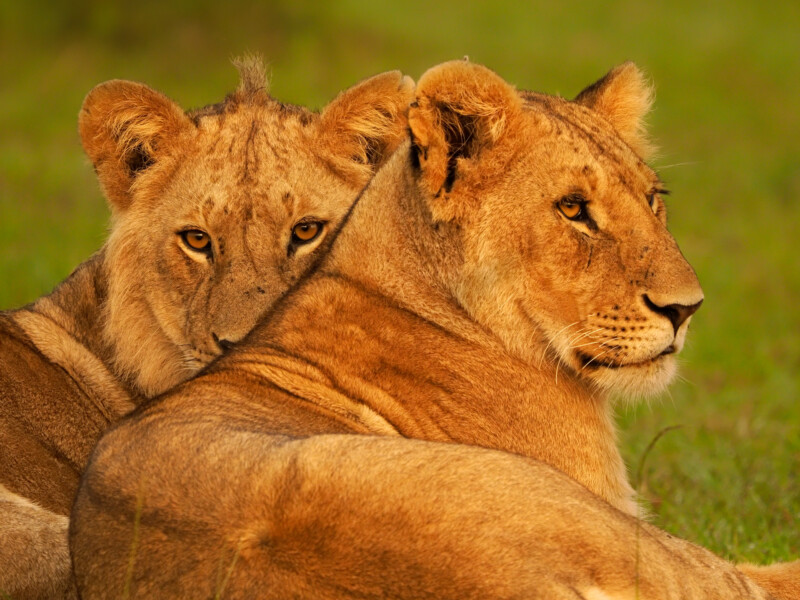
With weeks of intense wildlife images utilizing the OM-1 Mark II underneath his belt, Rouse says that the autofocus enhancements go far past the press launch description.
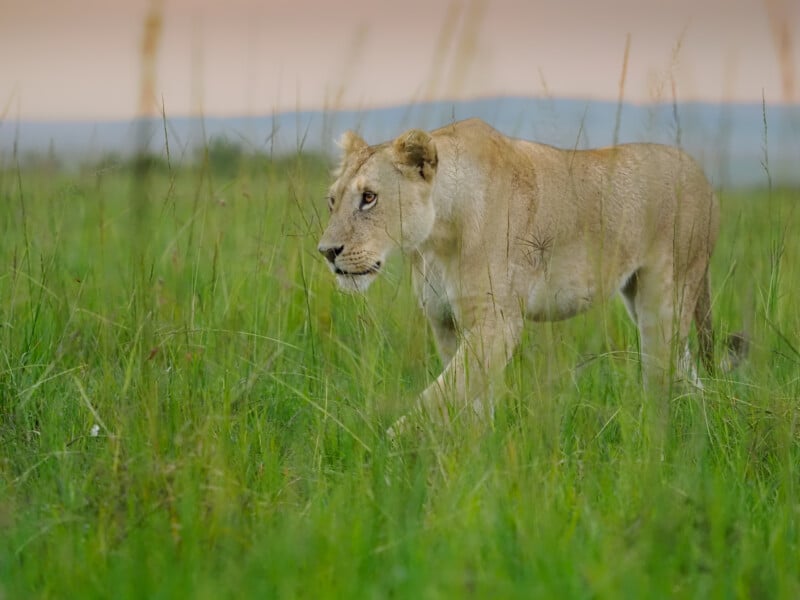
“Earlier than I left for safari, once I first obtained the OM-1 Mark II and the M.ZUIKO DIGITAL ED 150-600 F5.0-6.3 IS Len, I instantly needed to check the hen AF,” Rouse says. “It was late afternoon, and the sunshine was disappearing shortly. Nearly instantly, I had a gaggle of geese fly at my digital camera at a excessive charge of pace. I used to be blown away at how briskly and correct the hen monitoring was, even when coupled with the lengthy focal size of the 150-600mm lens. The enhancements in an already extremely good hen autofocus monitoring have been apparent proper off the bat. I didn’t assume the OM SYSTEM’s hen monitoring might get any higher, however they in some way managed to just do that. The OM-1 Mark II hen AF is phenomenal. It’s by far the very best I’ve ever used. ”
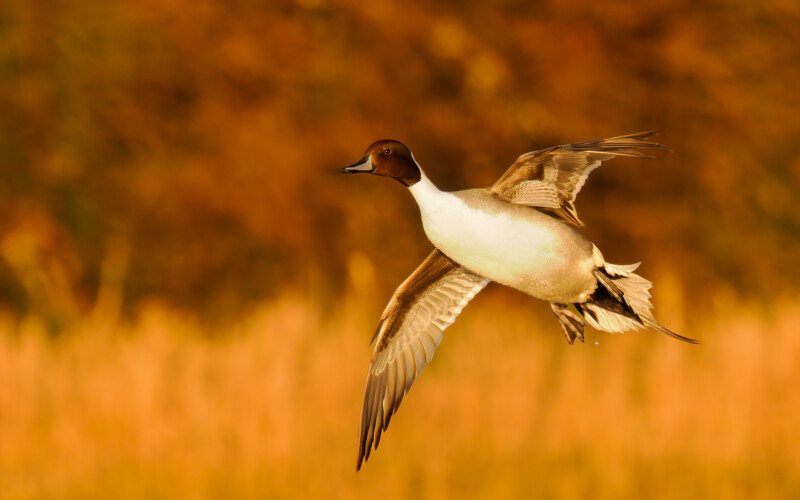
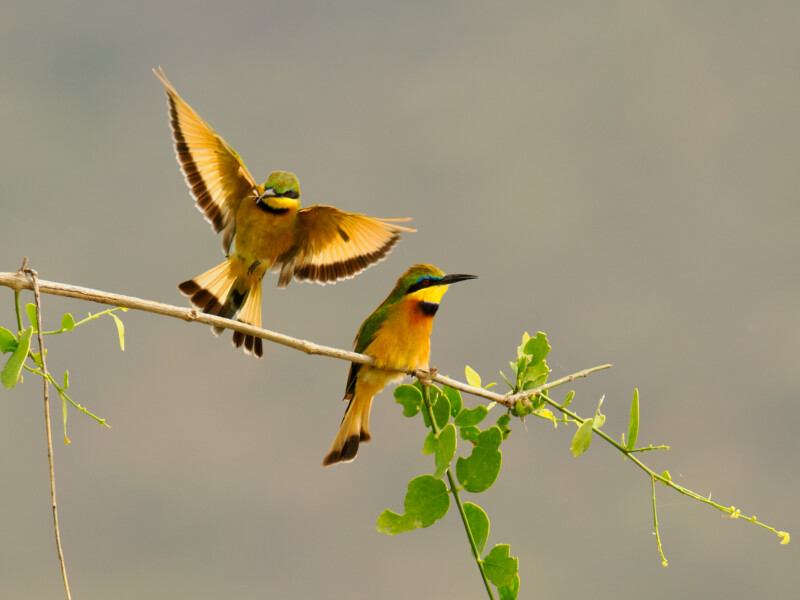
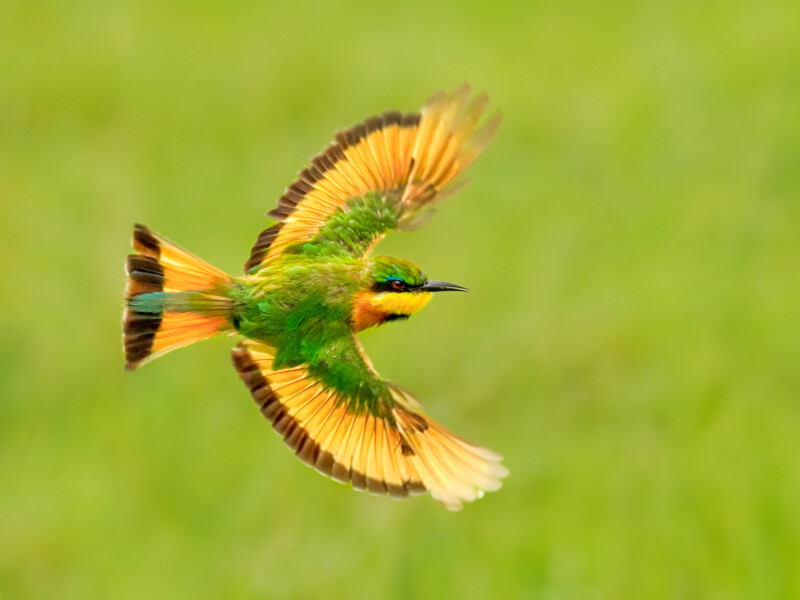
Whereas Rouse loves photographing birds, his ardour lies with mammals, and that is the one space that he was most excited to check.
“On the OM-1, the hen autofocus was nice, nonetheless, the mammal autofocus could possibly be rather less correct than the hen focus at instances,” Rouse explains. “I’m completely satisfied to report that the mammal autofocus monitoring is unimaginable. On the OM-1 Mark II, it’s equally pretty much as good because the hen monitoring, which is a powerful feat.”
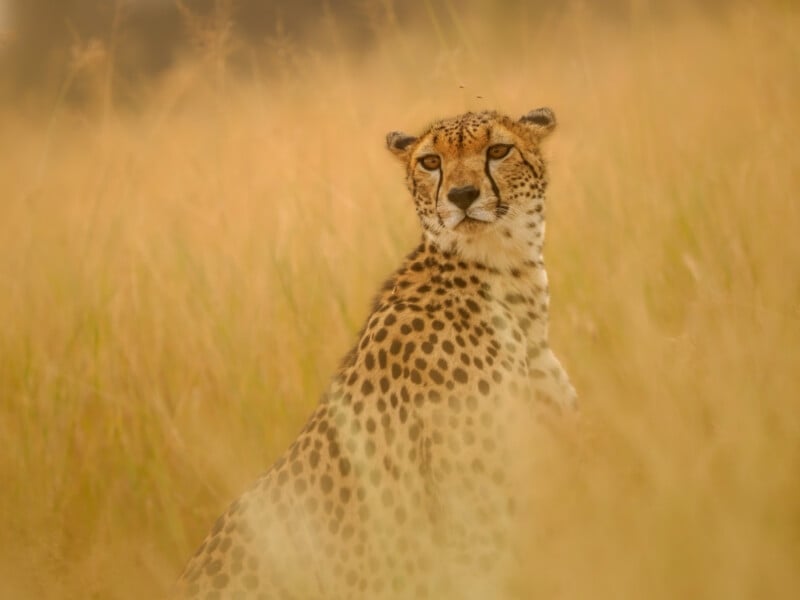
For Rouse, that is probably the most welcome enchancment within the new flagship digital camera. “As an expert wildlife photographer, I simply want my digital camera gear to work, all the time,” he states. “Usually, I’ll place my digital camera far outdoors of my attain, on a pole cam. I’ll then use a distant shutter to manage the digital camera. Since I can’t management the autofocus, when an animal approaches, I simply want my digital camera to select up concentrate on the animal’s eye, and monitor it precisely for so long as it’s within the body. It has been ludicrously good in these conditions.”

The autofocus has been so good, Rouse recollects when he just lately caught a ravishing and razor-sharp picture of a lynx. “Because the lynx moved, the autofocus simply caught to the cat’s eye with ease. After taking a protracted burst of photographs, I took a fast break to test the outcomes, solely to understand I used to be in hen detection autofocus. It appears that evidently the autofocus is not only higher, but in addition a lot smarter. It knew there wasn’t a hen within the body, so it targeted on the attention that it did discover.”
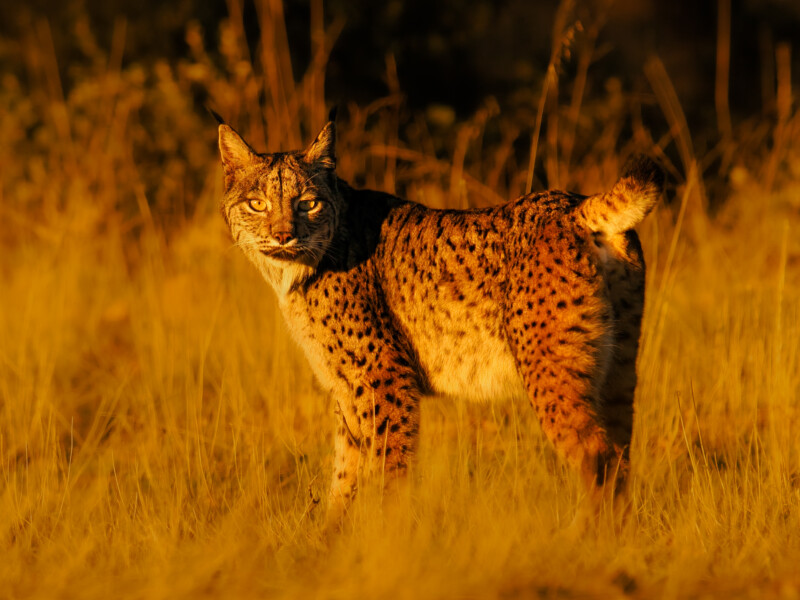
One other facet of the improved autofocus is the OM-1 Mark II’s means to acknowledge a couple of animal within the body. It could acknowledge eight animals at a time. “I had a state of affairs the place there have been 5 geese within the body and it chosen the identical one which I had recognized as the primary one which I needed to {photograph}. For the 4 geese within the background, it put small light squares round them, and with a fast nudge on the rocker change on the again of the digital camera, I might immediately change between which duck I needed to concentrate on. This was a really welcome characteristic that expanded my creativity, as I used to be capable of simply check out totally different wildlife tales, relying on which duck I had in focus.”
Picture Stabilization
Along with the modifications with the OM-1 Mark II’s autofocus, the system’s already spectacular picture stabilization has additionally been improved. The OM-1’s 7 steps of 5-axis in-body picture stabilization has been improved to eight.5 steps within the OM-1 Mark II.
With the upgrades to the OM-1 Mark II’s autofocus and picture stabilization, Rouse says that calling it a recreation changer for his wildlife images could be an correct assertion.
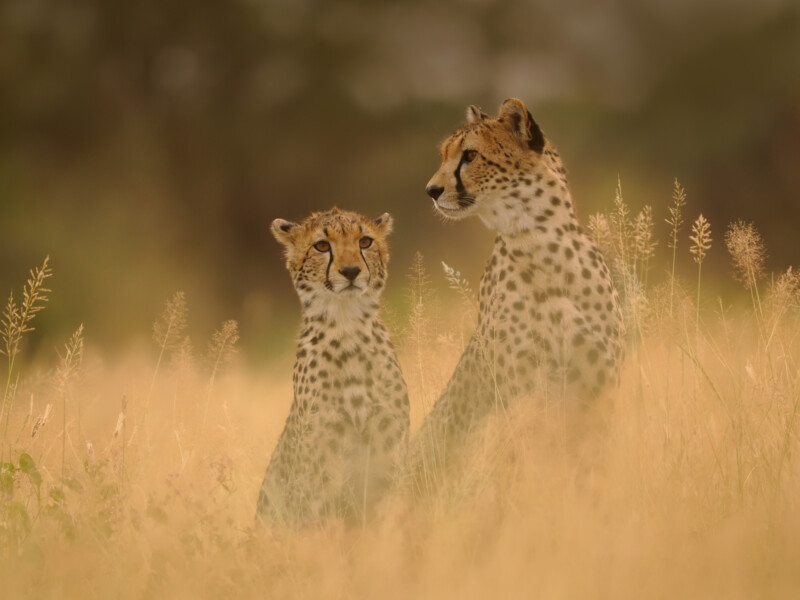
“I can not wait to take this digital camera to India to {photograph} tigers,” Rouse exclaims. “The tigers in India are notoriously tough to {photograph}. Not solely can they be tough to seek out, however if you do discover one, they’ve a knack for staying hidden. Coupled with the low-light environments that they’re present in, you don’t have many probabilities to nail the right photograph. I’ve one likelihood to nail the shot in a 50-frame-per-second burst mode. I’m greater than assured that the extremely quick and correct autofocus and improved picture stabilization on the OM-1 Mark II will get the shot I’m after, each single time, even in very low gentle conditions.”
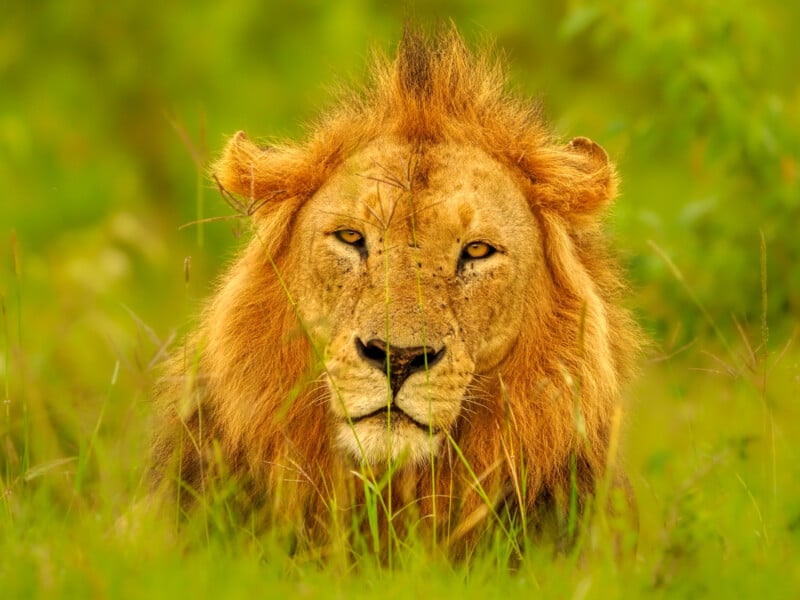
Enhanced Reminiscence Buffer and Blackout-Free Excessive-Pace Sequential Capturing
For wildlife photographers like Rouse, with the ability to seize quick motion uninterrupted is important to success. The OM-1 Mark II elevates high-speed taking pictures efficiency with enhanced reminiscence that enables for an elevated variety of sequential photographs.
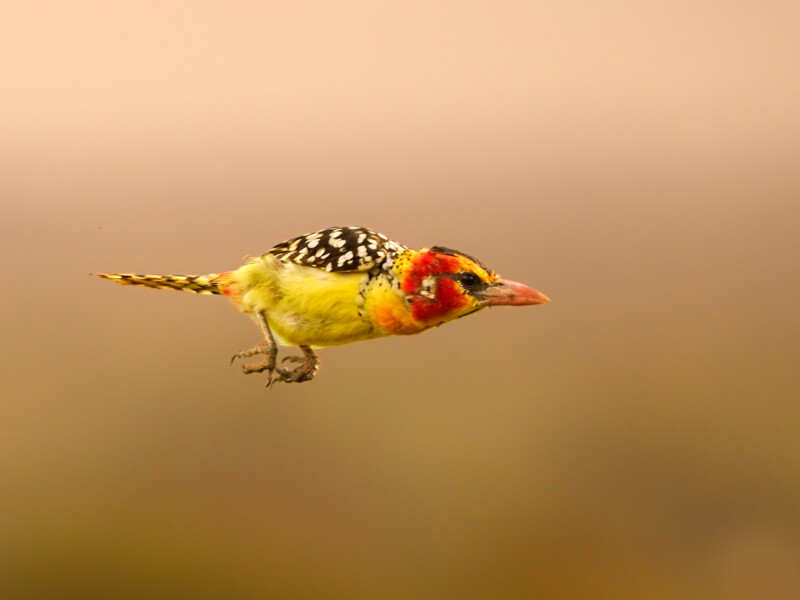
That is particularly spectacular for wildlife photographers whereas utilizing Professional Seize mode.
OM SYSTEM describes Pro Capture mode as a pre-capturing perform. With only a half-press of the shutter button, the OM-1 Mark II will begin buffering photographs, and the digital camera will save the latest buffered photographs each earlier than AND after the shutter is launched. With the Professional Seize within the OM-1 Mark II, wildlife photographers can seize these fast-moving moments at as much as 120 fps throughout AF/AE lock and roughly 50 fps throughout AF/AE monitoring.
OM SYSTEM shares the small print on the improved reminiscence: “The OM SYSTEM OM-1 Mark II permits retrospective seize of roughly 99 in Professional Seize mode — a rise from the predecessor OM-1’s 70 frames. In sequential taking pictures, the OM-1 Mark II can seize roughly 219 frames in JPEG format or 213 frames in RAW taking pictures at roughly 120 fps, a dramatic enchancment in high-speed taking pictures functionality from the OM-1’s roughly 92 frames every.”
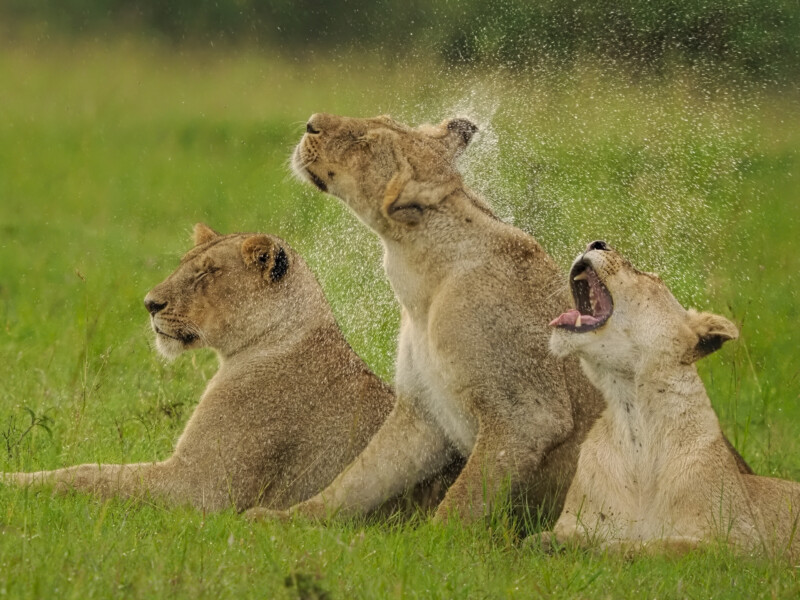
“In Professional Seize mode, having the a lot sooner buffer means I can change out of the mode faster, which equates to by no means lacking a shot,” Rouse explains. “There is no such thing as a worse feeling than photographing a fast-moving topic in burst mode for 5 or 6 seconds, solely to overlook an excellent higher second because the digital camera is paused to jot down the earlier sequence to the reminiscence card. With the OM-1 Mark II’s enhanced reminiscence, it simply provides one other instrument to my arsenal that assures that I cannot miss the shot.”
The improved reminiscence additionally improves panorama photographers’ most used characteristic of the OM SYSTEM cameras, Excessive Res Mode. In High Res Shot Mode, the digital camera’s sensor is shifted in half-pixel increments, over a number of exposures, after which mixed within the digital camera right into a single high-resolution picture, with much less noise, better dynamic vary, and colour info. Because of the OM-1 Mark II’s enhanced reminiscence, the time it takes for the digital camera to course of and save a 50 or 80-megapixel Excessive Res Shot is way sooner, permitting photographers to maneuver onto the subsequent shot shortly.
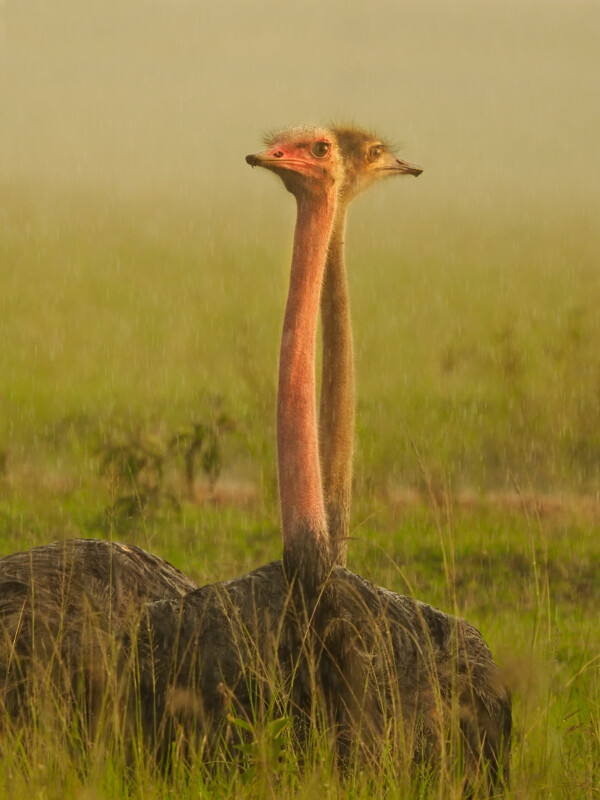
The improved reminiscence has additionally added the advantage of Blackout-Free Excessive–Pace Sequential Capturing. “What is de facto helpful for me,” Rouse says, “is that I can shoot in decrease gentle situations with a slower shutter pace and get the advantages of blackout-free taking pictures, which I’ve already used loads and it’s been such an unimaginable addition.”
Graduated ND Mode and Vertical Video
Two further options which were added to the OM-1 Mark II are graduated ND mode and vertical video. Probably the most standard options of the OM-1 is the Live ND mode, which replicates the impact of an exterior ND filter within the digital camera. The OM-1 Mark II enhances the higher restrict for step numbers in Reside ND taking pictures to ND128, permitting the digital camera to deal with situations requiring bigger step numbers.
Moreover, the OM-1 Mark II features a Reside Graduated ND, which OM SYSTEM describes as: “Reside GND (Graduated ND) taking pictures perform is a groundbreaking know-how that makes use of computational images to copy the consequences of utilizing a half ND, precisely controlling brightness and darkness inside the picture to create gorgeous output. By means of Reside GND taking pictures, customers can seamlessly regulate filter steps (GND2, GND4, or GND8) and kinds (Delicate, Medium, or Arduous) in real-time by way of the EVF or rear LCD.”
Whereas Rouse didn’t have a chance to seize a Reside Graduated ND picture throughout his Kenyan safari, he did have an opportunity to try it out on the OM-1 Mark II’s LCD display screen. “It labored extremely effectively. It was straightforward to pull the Graduated ND across the display screen, and it was cool seeing the outcomes dwell on the display screen earlier than taking the shot. Sadly, with blue skies and having to be again in camp earlier than sundown, I didn’t get to take a photograph utilizing Reside GND, however I can inform it’s going to be a revolutionary instrument for panorama photographers who don’t need to carry round a filter holder and a heavy set of filters.”
With the OM-1 Mark II, vertical video has been launched as a brand new addition to the sturdy video capabilities of the digital camera, making it simpler than ever for content material creators to seize high-quality content material for social media.
M.ZUIKO DIGITAL ED 150-600 F5.0-6.3 IS Lens
Along with the OM-1 Mark II, OM SYSTEM additionally launched the right companion lens for wildlife photographers: the M.ZUIKO DIGITAL ED 150-600 F5.0-6.3 IS Lens. With a 35mm equal of 300-1200mm, the lens offers an unimaginable attain at an affordable worth level.
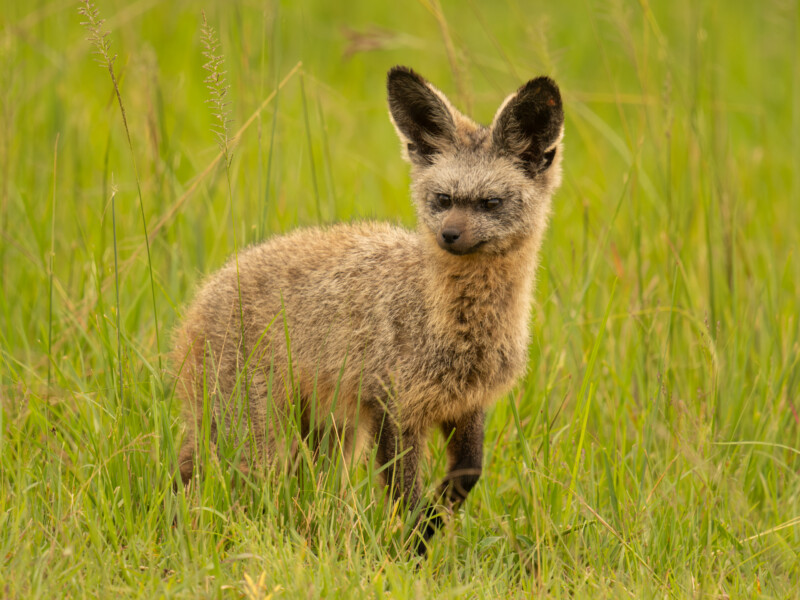
“When you concentrate on it, a 1200 equal on different lenses, some, even at simply 800mm, are restricted to f/9 or above,” Rouse says. “So to have the ability to get 1200mm, with out the usage of an extender, and shoot at an extremely quick f/6.3, is just unimaginable. Whereas I’ve the M.Zuiko ED 150-400mm F4.5 TC 1.25x IS PRO, which is a unbelievable lens, this new lens expands on that already spectacular focal vary, with little or no lack of high quality.”
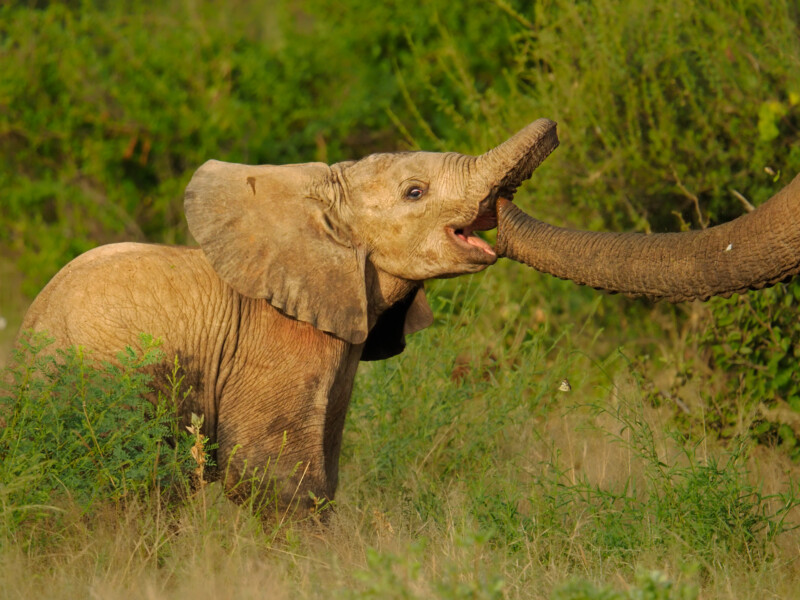
With a f/6.3 aperture at 1200mm equal, the lens performs significantly better in low gentle situations than lenses of comparable focal vary.
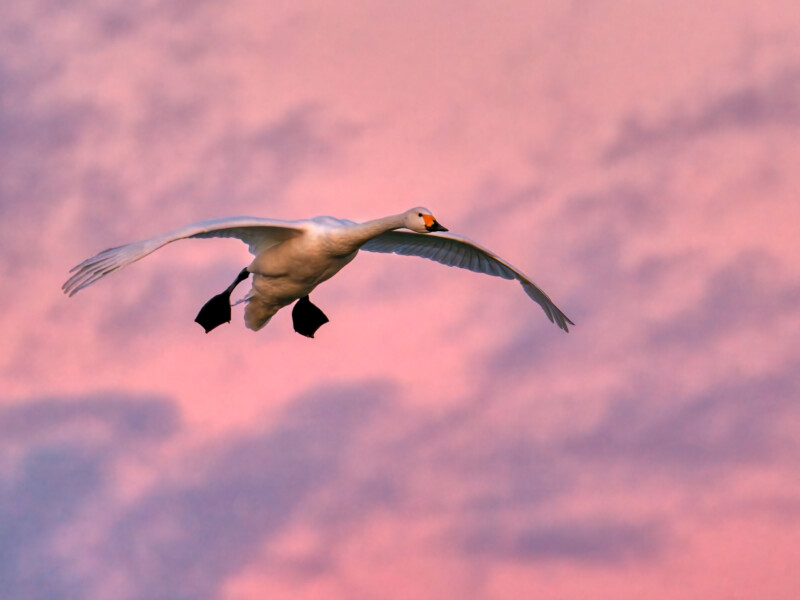
“Between my in-person workshops and my Patreon channel, I’ve taught and mentored a lot of OM SYSTEMS photographers,” Rouse explains. “And with nearly all of them, they have been at all times looking for the right wildlife lens that match into their price range. That is that actual lens. It’s the solely lens one would wish when photographing wildlife, and after having examined it for weeks now, I can attest that it delivers unbelievable outcomes. The M.ZUIKO DIGITAL ED 150-600 F5.0-6.3 IS Lens units a brand new commonplace as the final word wildlife lens at an affordable worth.”
For the Love of the Wildlife
Whereas Rouse is an expert wildlife photographer, he stresses that he would spend his days amongst wildlife, even when it didn’t pay a dime. “For those who ask any marriage ceremony photographer what they’d be doing with their free time as soon as they retire,” he says, “I assure that none of them would say they’d attend weddings of people who they have no idea. I, then again, would nonetheless be photographing wildlife virtually daily in retirement. And every day could be as awe-inspiring because the earlier.”
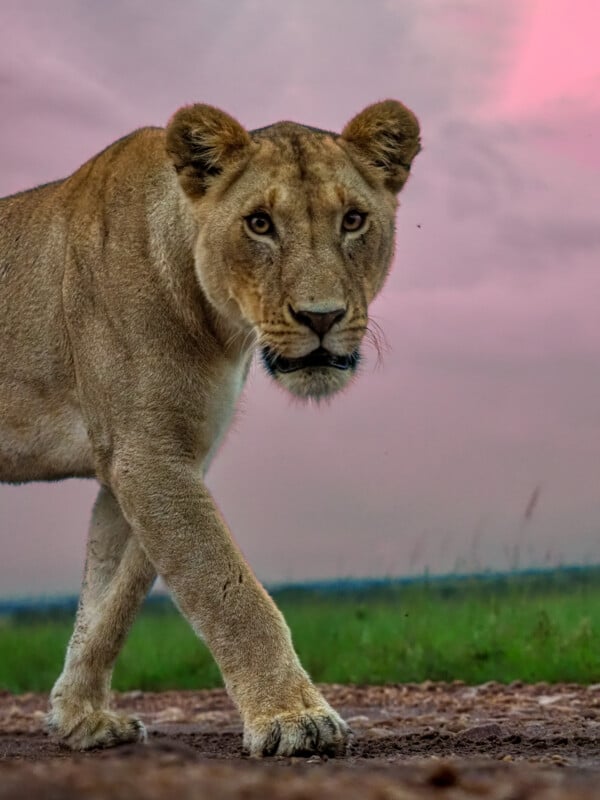
“I’m an animal lover,” Rouse concludes. “I really like watching and photographing wildlife as a result of wildlife is my coronary heart. It’s what I dwell to do and I really like the whole lot about it. I dwell to be near animals. It’s what conjures up me. Particularly when that proper mixture of sunshine falls on my topic. To me, there isn’t any better feeling than seeing these stunning creatures up shut and private, and documenting that good second.”
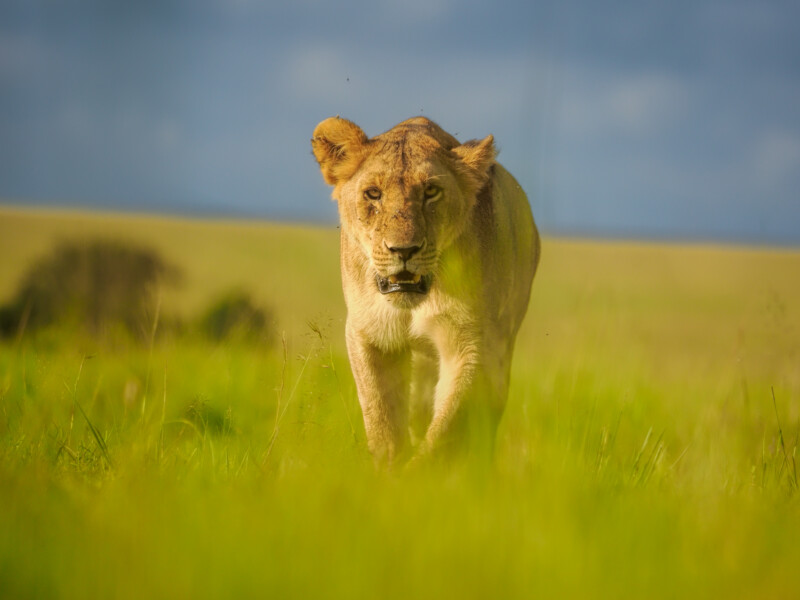
See extra from Andy Rouse on his website, Patreon, Facebook, YouTube, and Instagram.
Full disclosure: This text was delivered to you by OM SYSTEM
Picture credit: All images by Andy Rouse


